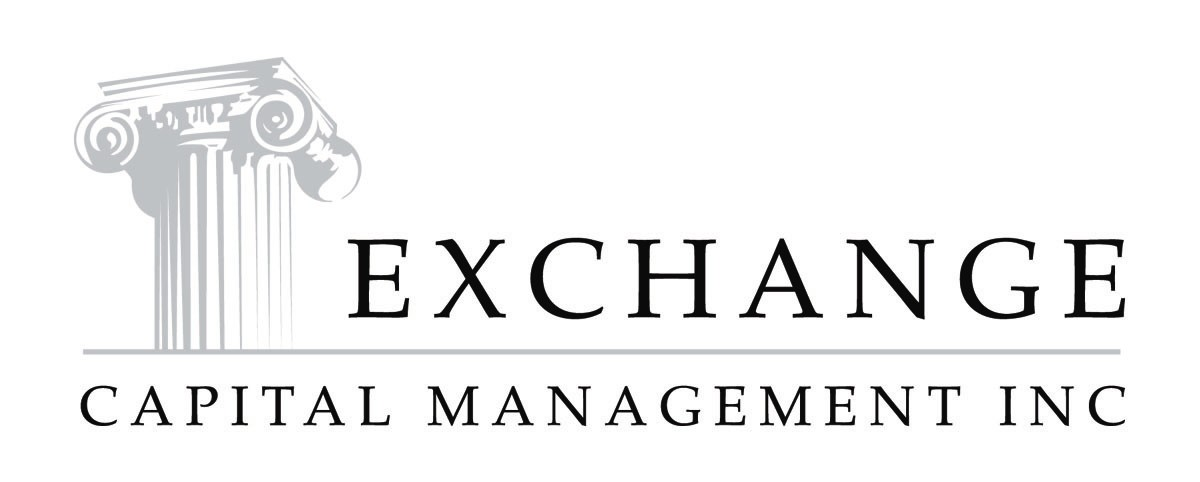The Tax Train is Coming, Untie Yourself Now
%20-%20PNG%20-%206-8-2021.png?width=1600&name=Image%20-%20Blog%20Image%20-%20Kevin%20-%20The%20Tax%20Train%20is%20Coming%2c%20Untie%20Yourself%20Now%20-%20Damsel%20(Color)%20-%20PNG%20-%206-8-2021.png)
It's not how much money you make, but how much money you keep, how hard it works for you, and how many generations you keep it for. --Robert Kiyosaki
President Biden's proposed changes to the tax code have garnered plenty of attention (and anxiety) from the investing community. While some will feel the need to quickly do something, successful investors will step back, breathe deeply, and channel their energy toward things they can control.
This blog post will focus on the three main tax policy changes applicable to investors and offer actionable solutions worthy of consideration.
Biden’s Proposal
- Increase the ordinary income tax rate from 37% to 39.6%. The net investment income tax (NIIT) of 3.8% would remain intact for a combined top federal rate of 43.4%.
- For households with adjusted gross income (AGI) of more than $1 million, the Biden proposal removes the preferential treatment for assets held for more than a year by taxing realized gains at regular income rates (39.6%) instead of today’s long-term capital gains rate (20%).
- Abolish the step-up in cost basis for an inherited investment and revert to the pre-2017 estate tax exemption level of $3.5 million.
Capital Gains Tax – The Basics
Capital gains taxes are assessed on assets sold at a profit. While often associated with stocks, it can also apply to the sale of real estate, a business, and other types of assets. The realized gain is the price received for the asset minus what you paid to acquire it.
Under current law, the tax rate for realized gains on assets held for at least one year is 15%, 20% or 23.8% for higher-income taxpayers. This long-term capital gain (LTCG) tax is preferential to the tax rates for short-term capital gains (sale of assets held less than one year) which are taxed at the taxpayer’s ordinary income tax rate, a level usually higher than the preferential long-term rate.
Capital Gains Tax – The History
For more than 70 years, the long-term capital gains tax rate has been lower than the top ordinary income tax rate. After peaking in the early 1980s at 35%, the LTCG tax rate continued its precipitous decline in 1997 when it was reduced from 28% to 20%, and again in 2003 to 15%. Reversing direction in 2013, the top rate was bumped up to 20% and remains at that level today. And for high-income taxpayers, The Affordable Care Act added an extra 3.8% (Net Investment Income Tax) pushing the rate to as high as 23.8%.
.png?width=1920&name=Capital%20Gains%20Tax%20Rates%20from%201950-2020%20Chart%20(1).png)
Taxpayers should come to expect that politicians will continually turn these dials in the constant battle of aligning federal revenues with expenses and/or aiming to achieve specific policy goals.
Solutions Worthy of Your Consideration
Tax Loss Harvesting
The combination of the higher ordinary income tax rate with the loss of preferential treatment for long-term holdings increases the value of tax-loss harvesting. If you own a security that goes down to a price lower than your cost, by selling the security you can recognize the loss and apply it against recognized gains. Done correctly (watch out for the wash sale rule!), it can help lower tax bills in current and/or future tax years.
Tax Gain Harvesting
If you think (as we do) that capital gains tax rates are going to be higher beginning in 2022, you’ll want to consider pulling some capital gains recognition forward in 2021 while rates are lower. In essence, you’d be engaging in tax-gain harvesting between today and the end of 2021.
Concentration Management
Consider liquidating long-held, highly concentrated stock positions that you’d previously intended to pass to your heirs tax-free. If the step-up in cost basis for an inherited asset is abolished as proposed, our demise will no longer be a tool for dodging Uncle Sam’s tax bite. Act now—before the long-term capital gains tax doubles from 20% to nearly 40%. And remember, concentration builds wealth, but diversification protects it.
Income Management
Where possible, manage your income around the threshold at which any preferential LTCG rate is lost. You may opt to intentionally take gains as a one-time (or ongoing) strategy, constantly monitoring income and revising your action plan depending on income level throughout the year.
Charitable Giving
Charitable giving will be as important as ever. The increase in tax rates magnifies the double benefits of your generosity: tax-deductibility of the gift, and the avoidance of capital gains tax.
Deferring Deductions
Finally, it may make sense to defer any tax deductions into later, higher tax rate, years since tax deductions have more value in an environment of higher tax rates.
The (your) Bottom Line
If approved without modification, some investors will be facing a doubling of the long-term capital gains tax rate, the elimination of the stepped-up basis on death, and major changes to the estate tax, gift tax, and generation-skipping tax provisions of the tax law. However, as distasteful as these proposed changes may be, none of us are without the power to minimize the bite.
I’ve outlined a few of the qualitative and quantitative ways investors can benefit from a customized approach to financial planning, portfolio management, and wealth management. More than ever, today’s environment of change highlights the value of a fiduciary advisor like Exchange Capital Management.
This is what we do. This is what we’re good at. And we’re ready to work for you.
Kevin McVeigh, CFA is a Managing Director and Partner at Exchange Capital Management, a fee-only, fiduciary financial planning firm. The opinions expressed in this article are his own.
Comments
Market Knowledge
Read the Blog
Gather insight from some of the industry's top thought leaders on Exchange Capital's team.
Exchange Capital Management, Inc.
110 Miller Ave. First Floor
Ann Arbor, MI 48104
(734) 761-6500
info@exchangecapital.com




